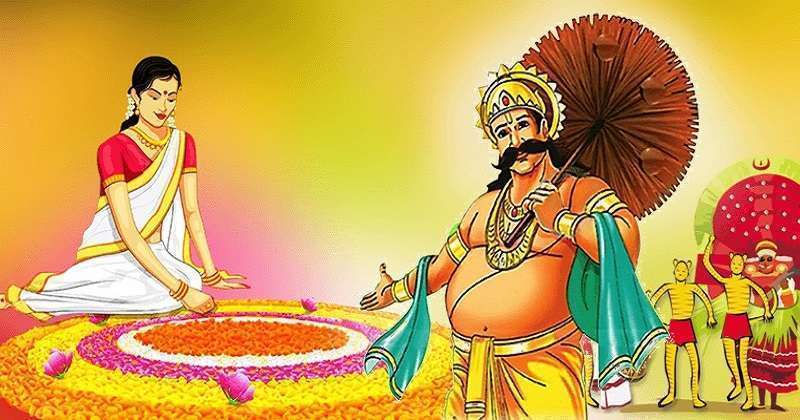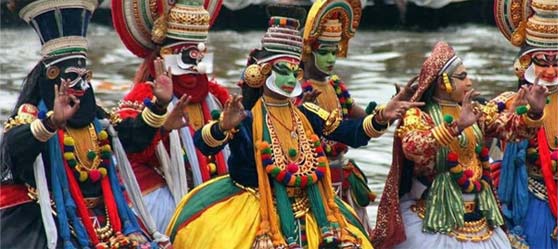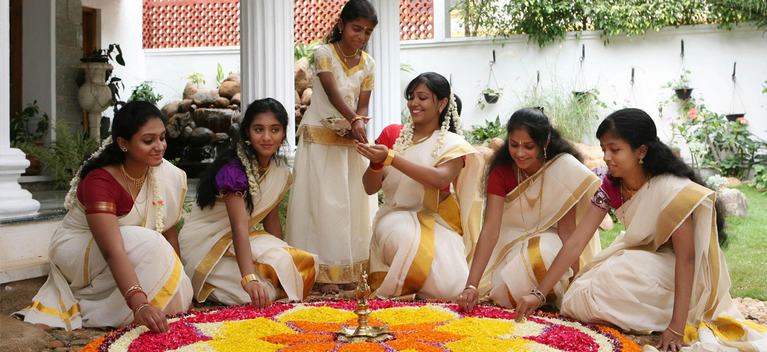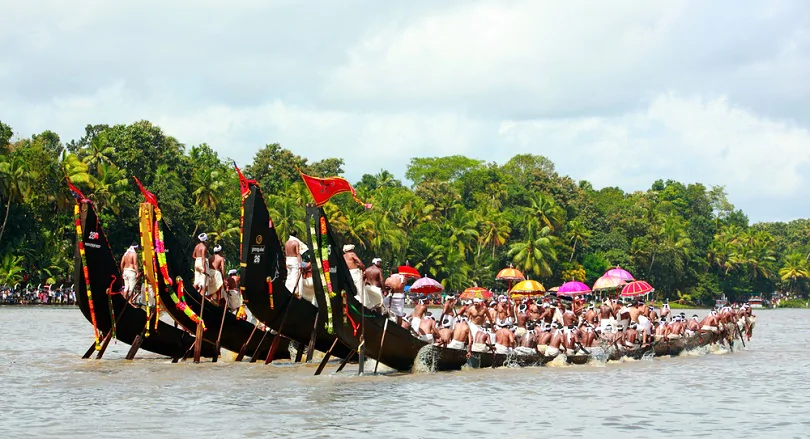Wavs
Onam: Thiruvonam Rituals, Significance, Dates

Onam: 15 September, 2024
Onam, the vibrant and cherished festival of Kerala, South India, is a celebration deeply rooted in tradition, culture, and community spirit. Spanning over ten days, Onam marks the homecoming of the mythical King Mahabali, a beloved ruler whose reign symbolizes prosperity, harmony, and equality. This thousand-word description delves into the rich tapestry of Onam, exploring its cultural significance, traditional rituals, festive preparations, and the joyous spirit that defines this auspicious occasion.
Cultural Significance of Onam
Onam holds immense cultural significance for the people of Kerala, transcending religious boundaries to unite communities in a shared celebration of heritage and history. The festival is rooted in the legend of King Mahabali, a mythical ruler known for his benevolence and generosity. According to legend, Mahabali’s reign was marked by unparalleled prosperity and happiness. However, his growing power and popularity aroused the jealousy of the gods, particularly Lord Vishnu. In response to the gods’ concerns, Vishnu assumed the avatar of Vamana, a dwarf Brahmin, and approached Mahabali for alms. The generous king offered Vamana whatever he desired, unaware of the deity’s true identity.
Vamana requested three paces of land, to which Mahabali agreed without hesitation. To everyone’s surprise, Vamana transformed into a giant and covered the entire universe in two strides. With no space left for the third stride, Mahabali offered his own head for Vamana to place his foot. Impressed by Mahabali’s selflessness and devotion, Vamana granted the king a boon—the opportunity to visit his beloved subjects once a year. Thus, Onam is celebrated to welcome King Mahabali’s annual return to his kingdom, ensuring prosperity and happiness for Kerala.
Festive Preparations and Decorations
Preparations for Onam begin weeks in advance, with families cleaning and decorating their homes to create a festive atmosphere. Pookalams play a central role in Onam decorations, with intricate designs adorning courtyards and entrances. Each day leading up to Thiruvonam sees the addition of new floral patterns, showcasing the creativity and devotion of participants. Homes are illuminated with traditional oil lamps called Nilavilakku, symbolizing prosperity and auspiciousness.
Shopping for Onam is a joyous affair, with markets bustling with shoppers seeking new clothes, accessories, and gifts. Traditional attire like Kasavu sarees for women and Mundu for men are popular choices, worn proudly during festive gatherings and cultural performances. Families also purchase ingredients for Onam Sadya, ensuring they have everything needed to prepare the elaborate feast.
Onam is also a time for charity and community service, with individuals and organizations reaching out to the less fortunate through donations and acts of kindness. The festival reinforces the importance of compassion and empathy, fostering a sense of solidarity within the community.


Rituals and Traditions of Onam
Onam festivities span ten days, with each day holding special significance and unique rituals:
-
Atham: The first day marks the beginning of Onam festivities, with people decorating their homes with intricate flower arrangements called Pookalam. Pookalams are created using vibrant flowers like marigolds, chrysanthemums, and dahlias, symbolizing prosperity and devotion.
-
Chithira: On the second day, preparations intensify as families clean their homes and begin shopping for new clothes and gifts. Traditional Onakkodi, or new attire, is an essential part of the celebrations.
-
Chodhi: The third day sees the completion of Pookalams, which grow larger and more elaborate as communities compete to create the most beautiful designs. Pookalams are believed to welcome Mahabali into homes and bring blessings for the year ahead.
-
Vishakam: The fourth day marks the onset of grand celebrations, with temples and community centers hosting cultural performances, including traditional dance forms like Thiruvathira and Kummattikali. Artisans showcase their skills through intricate crafts and displays.
-
Anizham: The fifth day is dedicated to festive shopping and preparations for the grand feast, known as Onam Sadya. Families gather ingredients for the elaborate meal, which features a variety of vegetarian dishes served on fresh banana leaves.
-
Thriketa: On the sixth day, excitement builds as communities come together for sports and recreational activities, including boat races and traditional games like Talappanthukali and Kutukutu.
-
Moolam: The seventh day is marked by rituals honoring the ancestral spirits and offering prayers for prosperity and well-being. Families visit temples and participate in religious ceremonies.
-
Pooradam: The eighth day sees the culmination of preparations for Onam Sadya, with women busy preparing delicacies like avial, olan, thoran, and payasam. The aroma of spices fills homes as families anticipate the feast.
-
Uthradam: The ninth day is a day of anticipation and joy as families come together to celebrate Onam eve. Homes are adorned with traditional lamps and decorations, creating a festive ambiance.
-
Thiruvonam: The tenth and final day of Onam is the most significant, as it marks King Mahabali’s return to Kerala. Families wake up early to offer prayers and welcome the king with Pookalams and traditional rituals. The highlight of Thiruvonam is the grand Onam Sadya, a feast served on banana leaves that typically includes over 20 dishes. People dress in their finest attire, exchange gifts, and participate in cultural performances to honor Mahabali and celebrate unity and harmony.

Celebrating Onam: Kerala’s Grand Festival of Culture and Tradition
Onam, the cherished festival of Kerala, is a vibrant celebration steeped in tradition and cultural richness. It spans ten joyous days, each marked by unique rituals and fervent preparations that culminate in Thiruvonam, the grand finale. At its heart, Onam commemorates the return of King Mahabali, whose reign symbolizes prosperity and equality. The festival’s essence lies in the creation of elaborate Pookalams, intricate floral carpets that adorn homes and public spaces to welcome Mahabali and invoke blessings of abundance. From cleaning homes and shopping for new attire to preparing the sumptuous Onam Sadya feast, Onam unites families and communities in a spirit of togetherness and festive cheer.


